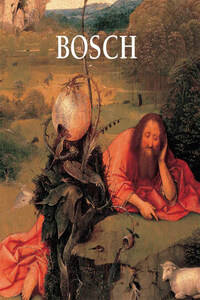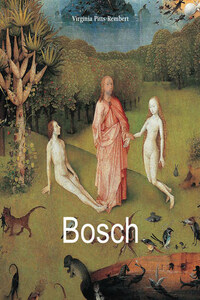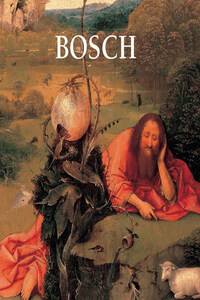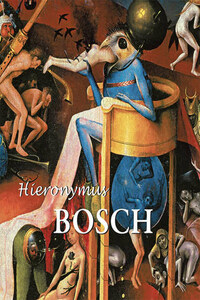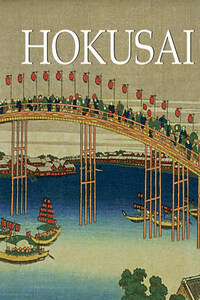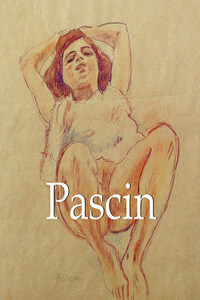Anonymous, Portrait of Hieronymus Bosch, ca. 1550.
Red and black chalk drawing in the Arras Codex, 41 × 28 cm.
Bibliothèque Municipale, Arras.
Biography
1453: Birth of Hieronymus Van Aken in ‘s-Hertogenbosch (now Bois-le-Duc). His family, of modest origin, most likely originated from Aken (the last name Van Aken literally means “from Aken”), having lived there for more than two generations. There are documents that prove the presence in ‘s-Hertogenbosch of Bosch’s ancestors as early as the end of the 14>th century. His father Anthonius Van Aken and his grandfather Jan were painters. We know that Bosch was born into a family of painters and artists, but we know nothing of his training or formal education. We can surmise that he was educated and trained by his family. The nickname Bosch obviously stems from an abbreviation of the painter’s place of origin, ‘s-Hertogenbosch.
‘S-Hertogenbosch is situated in Brabant and is the fourth city of Duchy, established in the 15>th century. There was no princely residence in ‘s-Hertogenbosch, as in Brussels, Lille or Louvain, nor were there great noble families comparable to the Nassau of Breda or other patrons from the Netherlands. ‘S-Hertogenbosch lacked the great financial backers apart from those who lived in the city itself who, in spite of their activity, could not rival the other greater cities of Duchy.
1474: Date of the first mention of Hieronymus in records. It concerned a transaction done with his sister. He is mentioned as a painter for the first time in 1480.
1481: He marries Aleyt Van den Mervenne, a rich aristocrat. We do not know if the couple ever had children. Aleyt survived her husband and died between 1522 and 1523 at an old age, which we know because she was almost twenty years older than the painter.
1486: From this date onwards, he is cited as a member of the Brotherhood of Our Lady. Membership to this brotherhood was already a long family tradition because certain members of the Van Aken family were members as early as the end of the 14>th century. The number of brotherhoods in honor of the Virgin increased throughout the thirteenth and fourteenth centuries. The majority of the cities in the Netherlands soon had their own proper brotherhood. In Bosch’s time, the number of men and women registered at ‘s-Hertogenbosch’s brotherhood had become substantial.

The goal of the brotherhood was essentially the devotion of Mary and occasionally the distribution of aid to the poor. This pious institution played an important role in the city, less from a religious than from an artistic and social point of view. In effect, the brotherhood would commission a number of works from local artists and exteriors for the decoration of the chapels. Two painted leaves from the restoration of a work by Van Wessel around 1475–1476 are attributed to Bosch. He did several works for the Brotherhood of Our Lady.
1493–1494: He drew up the plans for the stained-glass windows and collaborated in the execution of a panel with the names of the brotherhood’s members.
1504: Philipp the Beautiful, Sovereign of the Netherlands and King of Castille, commissions The Last Judgement.
1508–1509: He does the gilt and polychrome decoration of a restoration for the chapel of the Brotherhood of Our Lady. He also does the model of a cross (1511–1512).
1516: Death of the painter in ‘s-Hertogenbosch.
* * *
In 1951, Wilhelm Fränger’s tome, The Millennium of Hieronymus Bosch: Outlines of a New Interpretation, was translated into English. The book created a sensation, both on the scholarly and the popular levels. An article on the book accompanied by colour illustrations in Life Magazine probably did more than anything else to popularise Bosch, because there had been little or nothing of the sort published on him at the time. Fränger’s interpretation that Bosch did his major altarpieces not for orthodox religious purposes, but for use by quasi-religious cults was being promoted as a turning-point in the understanding of this enigmatic artist.
The Man-Tree
ca. 1470
Pen and bistre, 27.7 × 21.1 cm
Albertina, Vienna
While most art historians who have taken up Bosch in the years since Fränger’s death in 1964 have renounced Fränger’s contentions, there are still some who continue to endorse his assertion that the grand master of a cult of Adamites dictated its secret imagery to Bosch which he then revealed in his great painting in the Prado Museum, The Garden of Earthly Delights, and in several minor paintings.
The Adoration of the Magi
ca. 1470–1475
Oil and gold on wood, 71.1 × 56.5 cm
The Metropolitan Museum of Art, New York
The writers who commented upon Bosch in the nearly five centuries following his death compounded such a reputation for the man as a

